|
As I lay back snuggled in my sleeping bag, the constant pitter patter of rain hits and splashes noisily away on my tent. We've just canoed all day on Lake Yarrunga with our Year 9 boys. Half of this was in the rain, the other half on calm glassy water. Dinner and our debrief tonight switched between sitting around the campfire and huddling under the tarp as the rain swept in and out! The boys were all in bed by 8pm, so no complaints on my part. I'd known about the rain for days, so this was neither a surprise, nor a concern. I've gone out in far better conditions and far, far worse! But where do you draw the line? For many excursions, weather isn't the most important factor, as you could be visiting a museum, gallery or other indoor venue and not need worry too much about what's happening outside. However, it's well worth developing the habit of checking weather conditions before any and every trip away to ensure you have the whole operational picture in your mind and be able to adapt or react if unfavourable conditions are forecast. It’s far better to change plans in anticipation of problems, rather than actually having to deal with the problems that result from a bad decision. You Know You're Going To Get Wet... So back to my iPhone illuminated tent and the now silent campsite. I'd known since last week the forecast was for rain and it would be a factor in our decision making process. We'd discussed the issue with the team and had devised a clear contingency plan depending on severity. Lots of rain and operating on rivers and lakes with huge catchment areas is always a concern at the back of my mind. I never want to be caught by a rising river nor have to execute a late night evac from a campsite (super dangerous). I’m more the relaxing by a warm fire reading a book type of guy, rather than the Oh Crap! We made a bad decision by staying type of guy! I’d rather err on the side of caution, than be stuck with the consequences and being proactive about the weather is one way of doing this. Mmmm Cosy Studying the forecasts as they were updated each day, the concern remained that we were going to get wet, but it wasn't going to be that wet, so we decided that we were still heading out. Now I'll just pause to reflect here for a sec. I've also been in the situation where the weather was checked, discussed and I thought it wasn't safe to proceed, yet I was told by my then boss I had to go out! The result was pretty bad, like really bad... but that's a whole other story in itself and one I will come back to another time. Setting Out In The Rain It might seem simple enough and should go without saying, but often it’s overlooked and being able to make an informed decision through checking what the weather is doing is an important part of any school's risk management strategy on all excursions. It can help you better prepare contingencies for adverse conditions or help you pack the right clothing and equipment. The last thing you want when organising your excursion is to be surprised by a sudden storm, a heat wave or strong winds that could put you and your students at risk. It literally takes two minutes to check the weather and can save you hours or months of trauma by doing so. This is not to say that you should only be a fair weather field tripper. That’s not the point at all! Having kids feel uncomfortable in the elements can be a great learning experience. Some of my best trips have been in bad weather, but the difference was that it was never dangerous weather that put them at risk of harm. If we only ever went out when it was clear blue sky, then we'd never do half the activities and the kids would be poorer for the lack of experience. I’ll address different approaches I’ve taken in more detail in some later posts and examine the consequences of some poor decision making on other school trips, when a check of the weather could have prevented injuries and serious consequences. Anyway, despite being uncomfortable today, it proved to be a great learning experience for the boys, canoeing, setting up and cooking in the rain. For some looking after their personal equipment has never been more important. For me, my feet are still drying at the base of my sleeping bag and I know my tent will be soaked in the morning, but I’m snug and warm, all the kids are sleeping soundly and I’m about to drift off myself… It’s been a good day!
0 Comments
There are so many fantastic team building activities for kids, which can vary from simple trust activities with little to no equipment, right up to obstacle courses or races that require significant preparation. However for the purposes of simplicity here are three simple ones which I love to use. 1. Entangled Hands: Get the kids to stand in a circle shoulder to shoulder and put all their hands into the circle and take someone else's hands. They can't both be the same person's hand! Then they have to work as a team to unravel the knot of hands without letting go until they're all standing in one big circle hand in hand. This is a fun activity that kids can get into and do with no equipment needed. Key to the success of the team in this game is effective communication. There's lots of communication needed to achieve the untangled circle, as it will involve co-ordinating with each other, stepping up over arms and twisting around every which way! A great variant to add in is for them to do it without talking! 2. Shared Sight: You're going to need a blindfold, two ropes and a couple of random obstacles for this one! Lay out the ropes so they snake around the room to make up a course that must be travelled, then randomly place some obstacles such as soft toys or drink cans along the way! The idea is that one kid is blind-folded and the other, using only their voice has to safely guide them through the course without touching any of the obstacles or the rope along the way. This game not only requires communication, but a huge amount of trust as well, therefore helping to meld participants into a cohesive team. Huge Amount Of Trust Needed For This Activity 3. Raft Building: This activity requires a few pieces of equipment, including poly pipe capped at each end, empty sealable barrels and some lengths of rope. The wider the selection of items the better, because it allows for greater variation in design and greater creativity from the kids. You will also need to be near a creek/river/pool for this challenge and there's a great chance that everyone's going to get wet!!! In small groups of 4-6 kids, set clear parameters as to how many pieces of equipment they can use. From the collection of materials they then select and use these limited resources to build a sea-worthy raft, that will not only float, but safely carry all members of the team across the river and back. It's amazing how many variations of a raft are created each time, some far more effective than others. In this activity the kids must work together to design, build, then paddle the raft as a team. It's a great way to engage all members of the team and whilst some may be stronger in design or building, others may be stronger in paddling and steering. The real test comes when the kids have to carry the raft down to the river banks and it hits the water for the first time!! Does it float? Yes!!! Does it float with everyone on it?... Well ummm... There are a huge range of skills being developed in this activity and it's such a fun one to do. It builds confidence, communication, leadership, teamwork, trust, cooperation and coordination! Even if the raft completely falls apart on the water, it's the process the kids have used in creating that craft that's so important in the overall learning process. If all else fails, you're still going to have a great laugh seeing these makeshift vessels breakup and see the kids scrambling to grab all the pieces before they float away!
This week, I thought I'd talk about something that happened last week on a hike I was leading. It was in the Royal National Park. For those of you who don't know it, it's an amazing national park just south of Sydney, featuring rugged sandstone cliffs, secluded beaches and home to the famous figure 8 pools and the infamous wedding cake. Our hike was with 27 kids heading North from Otford on the amazing coastal track. It was a hot afternoon and the 10km took us approximately 3 hours to cover. The cool coastal breeze hitting us as we reached the summit of the headland between North Era and Garie Beach was a welcome relief. Garie Beach, NSW In at Garie beach, we'd just unpacked the trailer when I was approached by a girl in her late teens. She said to me "Hi. Sorry, ummm... I've got three questions", "Sure what's up?" I replied. "Where's the coastal track continue?" she asked "Just at the end of the beach here." "Ok... Question 2, does anyone know first aid?" "Sure! What's up?" "My friend's rolled her ankle. Could you take a look?" "Sure no worries. I can take a look." I had a look and she had a sprained ankle, so I strapped it and so that was question 2 sorted! Then for question 3! "Where's the nearest public transport?" Oh dear... I thought... I asked a few questions about where they'd come from and what their plans were. They'd come from Sydney via Bundeena and walked about 22km of the track, aiming to cover the whole 32km in a single day. An ambitious goal for the fittest of hikers. They were obviously tired, injured, no head torches, low on food and completely out of water... So my risk management brain started to go into overdrive, trying to do the sums of how many hours the rest of the trip would take under normal conditions, then estimating the addtional time with an injury, then add in no torches. It was late afternoon and no chance of water resupply along the way. This was not a pretty picture! I quickly ran through a few scenarios in my head and didn't like any of them that involved the girls continuing, so after a quick chat with the other instructors, we put the offer to the girls to transport them to Waterfall station, which wasn't too far away! To everyone's relief they accepted our offer and we dropped them off at the station. So the question becomes what to do when you come across others in a similar situation? You've still got to consider your group as the number 1 priority. If they're all ok and supervised, then I think there's a moral obligation to help, especially if you perceive that the third party could be at risk of harm if they were to continue on. After all, the experience you have as an educator and leader can mean that you see things which others don't. It can be a complicated problem, which must be considered each time you run into someone and the circumstances surrounding your meeting them (and yes this group wasn't the first I've come across, but more about that later). At the end of the day, protect your group, but also give freely of your skills and experience to prevent harm coming to those who might not have been as well prepared as you. Part Of The Amazing Coast Track
Abseiling! Most people will be either super excited, or suddenly feeling anxious. I'm somewhere in between! I love abseiling down a rope and have descended small towers to massive multi-drop cliffs, but it wasn't always that easy. I'm not afraid of heights as such, but it's a really unnerving feeling taking that initial step back off the cliff. My first experience of abseiling was at Lake Keepit Sport & Rec. It was on a Scripture Union camp when I was 12. Fitting the weird harness was the first challenge, followed by the sitting around and waiting... and sitting and waiting... and sitting and waiting... I think this is the biggest problem with abseiling as an activity for kids, the waiting, but a bit of an unavoidable one too. Having said that, the upside from this activity is enormous! Reflecting back on my experience, I nervously approached the top of the abseil, clutching at my harness as I stepped closer. With the safety line firmly in my hand, I peered cautiously over the edge, looking down at what looked like an enormous drop. The instructor didn't say much, which didn't help, bedside manner is really important at this point! I was connected onto the belay and abseil line and then told to go, with little to no other instructions. I teetered at the edge for what felt like an eternity. Not wanting to look down, but at the same time, wanting to see where I was going. I looked forward and stepped back, my heart pounding so fast I could feel it bludgeoning my ear drums. I took another step awkwardly lurching back. My foot slip, but I caught it in time and I was over the edge! Leaning back, suddenly I was abseiling! The rest of the experience was an exciting blur and before I knew it, I was on the ground staring back up at the drop that didn't look one little bit as hard as what I had thought at top. Abseiling, despite being perceived by some participants as one of scariest and most dangerous activities you can do, nothing could be further from the truth. It's infact one of the safest! Think about it, you've got a harness, which is then connected to an abseil line, and on top of that connected to a belay line, which is a setup as no single point of failure system. So from a risk point of view, it's super safe! From the kids point of view (and even some teachers) however, it's a different picture all together. The real value here is that it's a great learning experience which can be achieved with high level of perceived risk. The abseil is simply. Walk backwards!!! That's it! But the psychological challenging to get yourself over the edge is the real task! Most participants freeze right at the top. Not half way down, not near the bottom, right at the start of the decent. This is something a good instructor can work through and talk calmly and patiently with anyone who is finding it hard to take that first step back off the tower, or cliff. Don't pressure anyone to the point they're feeling overwhelmed! That's not good for anyone, be supportive, help them, but if they decide not to go, then just let them know how well they did when they tried it.
For those who push themselves past their fears, this can be a very powerful experience. It's this breaking down of fears and overcoming the anxiety of taking that first step back which can boost someone's self-esteem in a massive way! At the end of the session it's vital to debrief with everyone! Get them to reflect on how they felt before and after. Relate this to overcoming other fears and pushing themselves beyond their comfort zone in their every day life to really achieve and reach their potential. Not everyone is going to be able to overcome the fear of taking that first step, but those who do, learn so much about themselves in doing so. |
Categories
All
Archives
April 2021
|
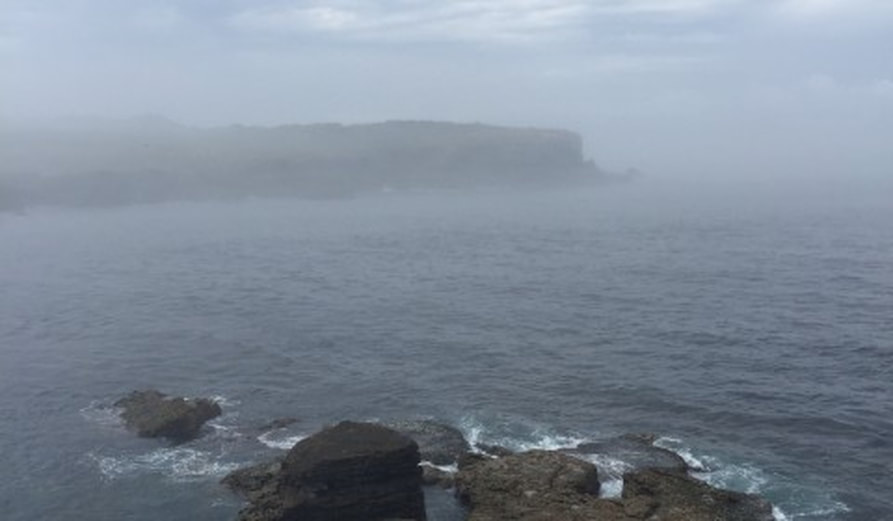

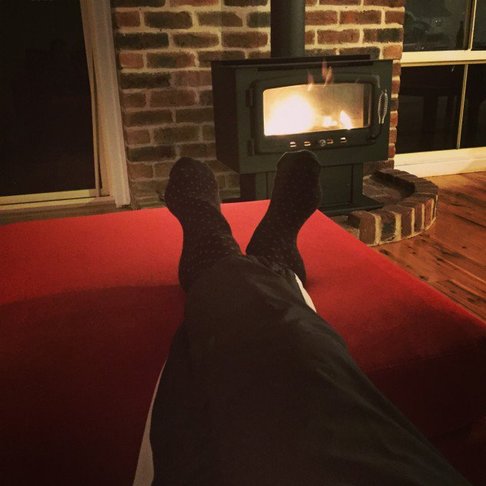
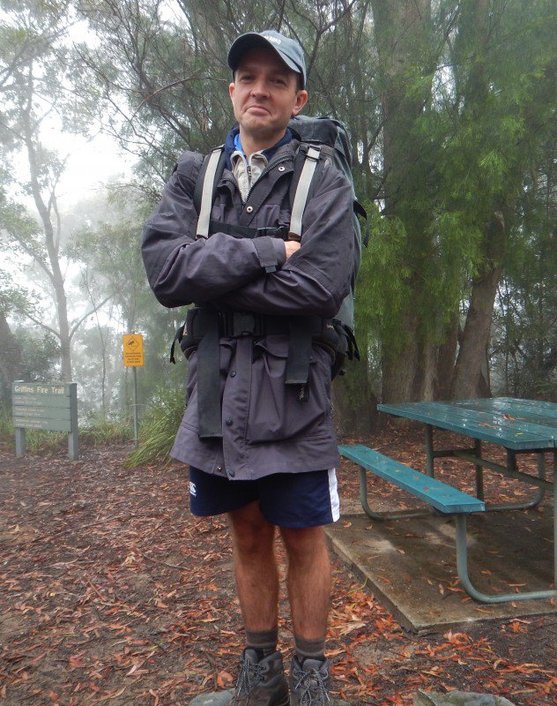
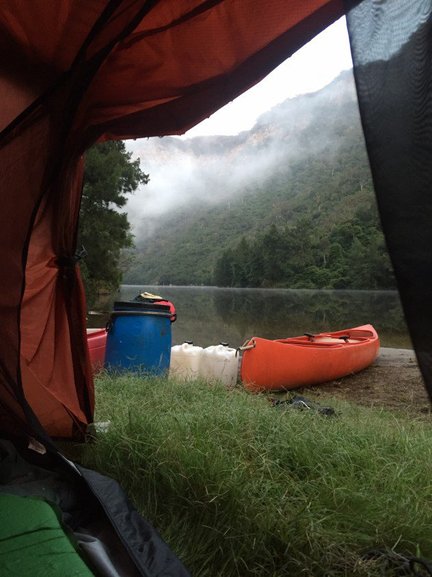
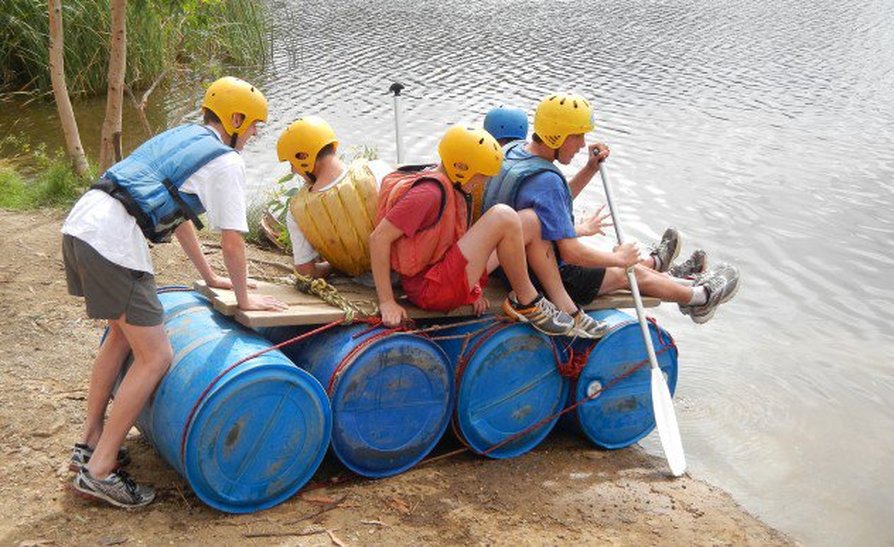
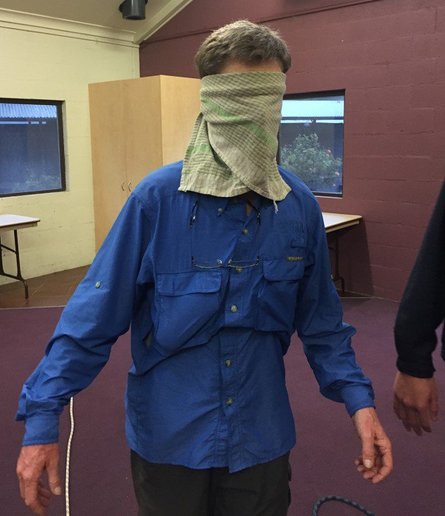
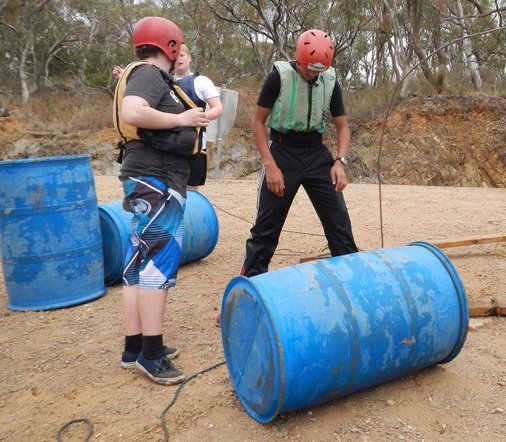
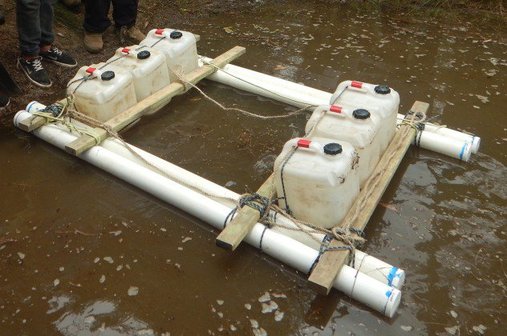
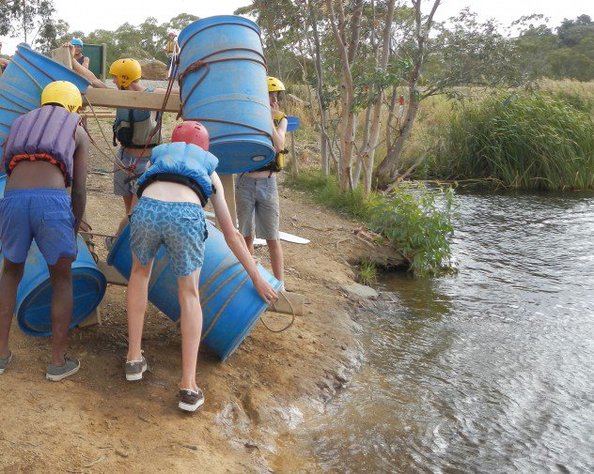
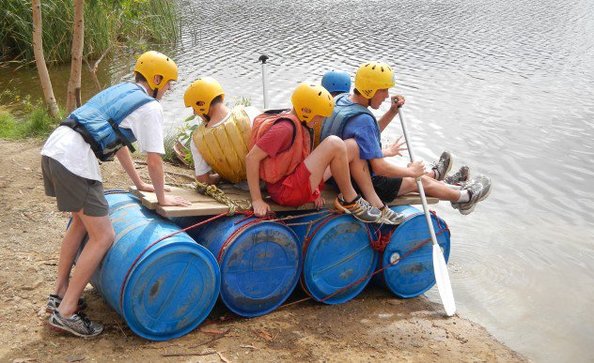
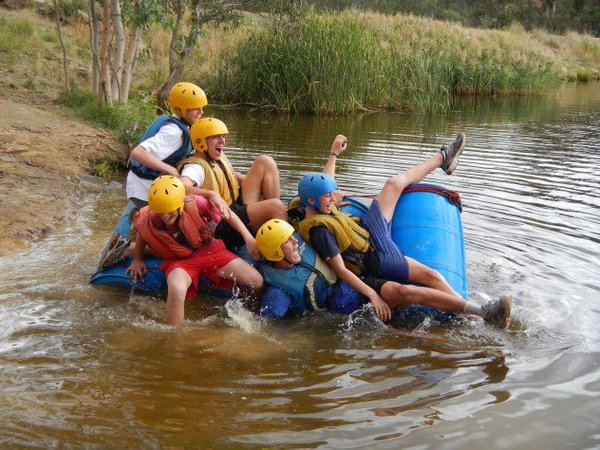
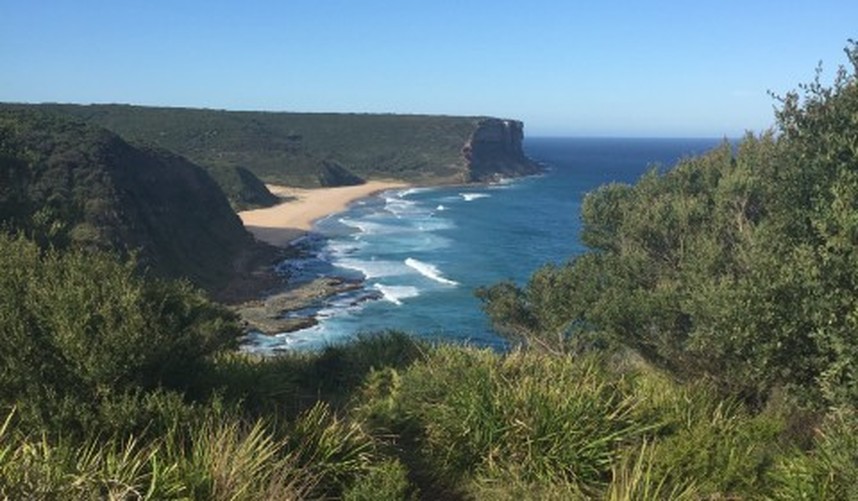
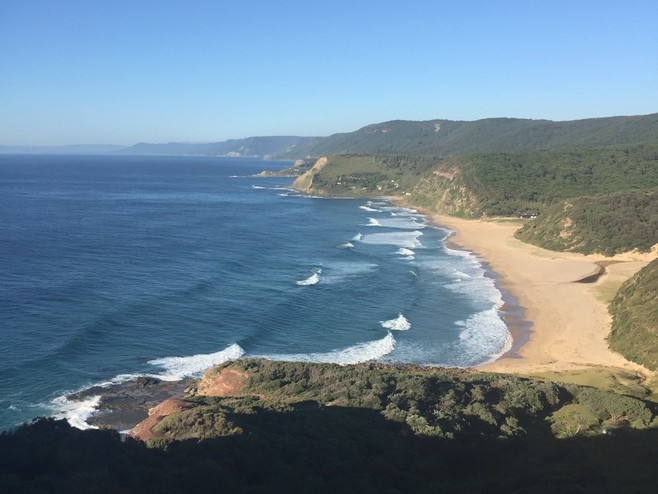
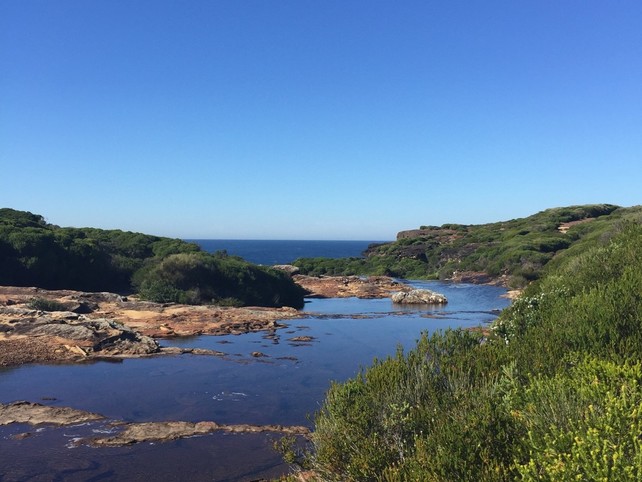

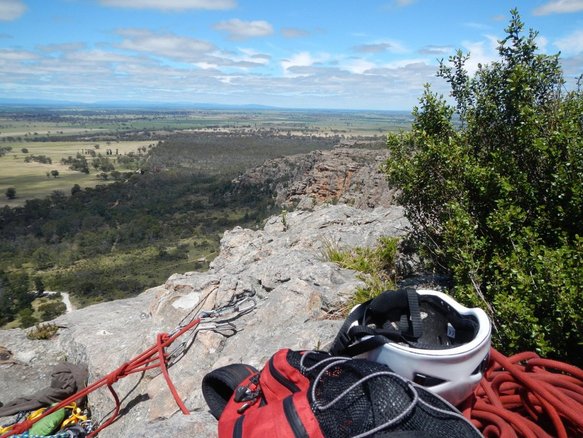
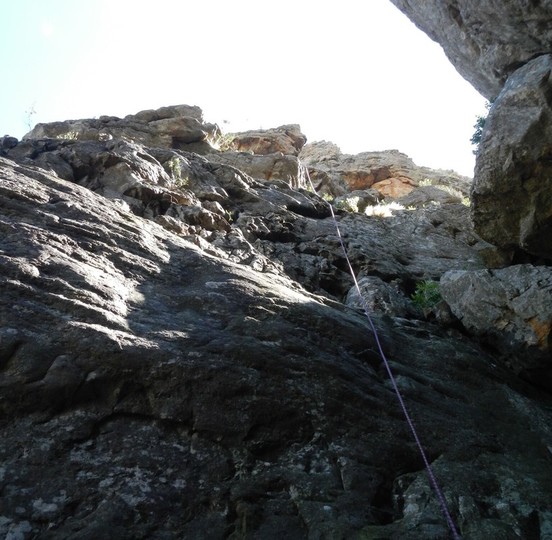
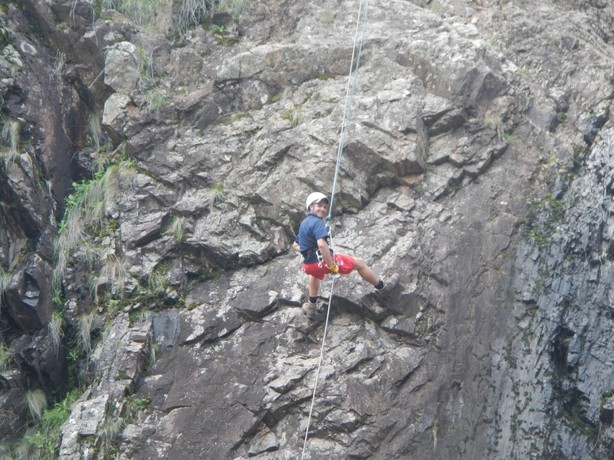
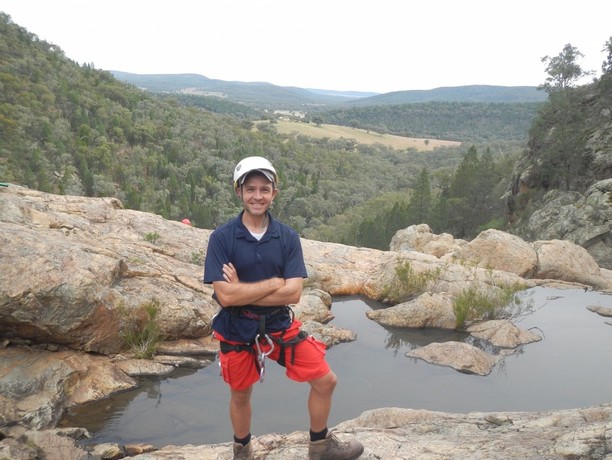
 RSS Feed
RSS Feed